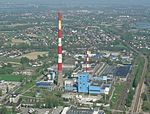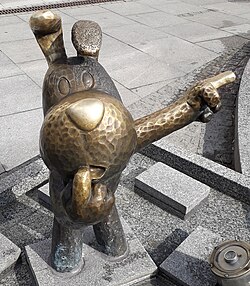Lipnik, Bielsko-Biała
Bielsko-BiałaNeighbourhoods in Silesian Voivodeship

Lipnik (German: Kunzendorf) is an osiedle (district) of Bielsko-Biała, Silesian Voivodeship, southern Poland. The osiedle has an area of 8.9317 km2 and on December 31, 2006, had 5,885 inhabitants.It is located in the east part of the city. Historically it was also subdivided into Lipnik Dolny (lower) and Lipnik Górny (upper).
Excerpt from the Wikipedia article Lipnik, Bielsko-Biała (License: CC BY-SA 3.0, Authors, Images).Lipnik, Bielsko-Biała
Podgórna, Bielsko-Biała Lipnik
Geographical coordinates (GPS) Address Nearby Places Show on map
Geographical coordinates (GPS)
| Latitude | Longitude |
|---|---|
| N 49.819444444444 ° | E 19.085 ° |
Address
Podgórna
43-318 Bielsko-Biała, Lipnik
Poland
Open on Google Maps











